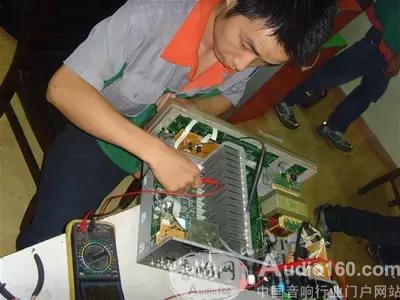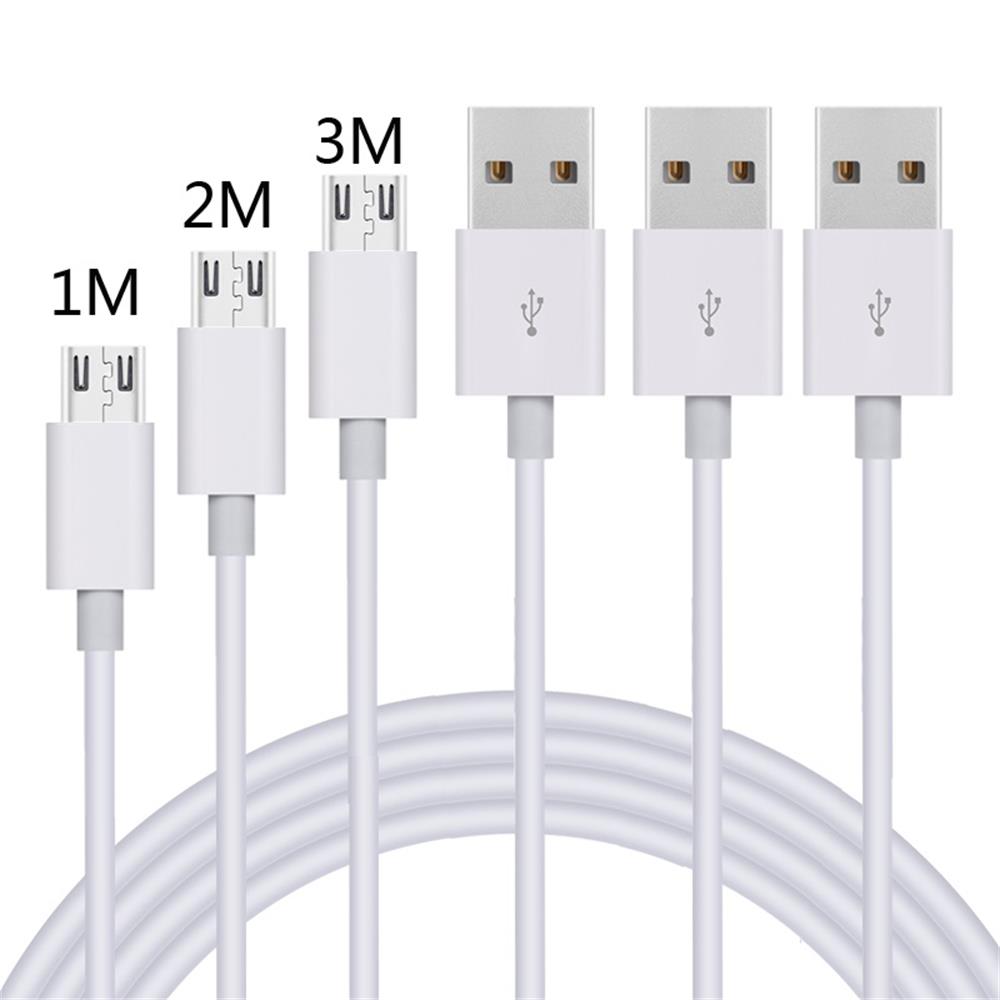Audio equipment is often used, and in the event of a malfunction, non-professionals are always at odds and have no way to start. This article describes some of the common maintenance methods for audio equipment for reference.

Observation test
The observation check method is performed immediately after the power is turned off. Without the use of instruments and instruments, with the intuitive feeling, four kinds of sensory characteristics such as sight, hearing, smell and touch are mobilized to judge. Although this method of inspection is less accurate, it is fast, and the inspection method is especially useful for power failure checking.
one look
Observe the machine or component and its external structure. Look at whether the button switch, interface, indicator light is loose, whether the circuit board wiring is disconnected, whether there is any solder joint, discoloration, crack, burst, etc., whether the fuse is blown, fired, smoked, deformed, not stuck, etc. The problem is to use the eyes to directly identify and judge.
Second, listen
Gently flip the machine or part, swing it, and hear if there are any parts scattered or the screws are falling off and there is a click. For continuous flipping, there is no abnormal "beep" sound or "beep" sound (when energized). If these phenomena occur, malfunctions may occur in these places.
Third, smell
Use your nose to smell the smell of burning, find the source of the smell, and the fault may come from the place where the smell is emitted.
Fourth, touch
Touch the transformer case by hand (after power off), do not touch the terminal block, because sometimes due to the presence of charging capacitors, the voltage is very high, endangering safety. Feel if it is above normal temperature, hot, and can't be touched. Whether the power tube is overheated or cold. Adjust the tube for overheating or cold and not hot. If there are these phenomena, the problem may appear in these places.
Second, the test method
The heuristic method is to use the heuristics of comparison, substitution, segmentation, simulation, etc. for the suspected part of the circuit to find the fault and then eliminate it. The specific method is as follows:
1, compare
Find a machine of the same type as the faulty machine. Use the left and right channel components of the same machine in professional equipment to measure the voltage, resistance, and current of the corresponding part, and then compare and find the fault.
2, substitute
Replace the suspect component with a good component, or swap the left and right channel components, especially for integrated circuit blocks. If the machine returns to normal after the part is swapped, there is a problem or damage to the part.
3, segmentation
Disconnect some part of the circuit from other parts, connect the external power supply, and inject the signal to judge.
4, simulation
Temperature simulation, using hair dryer heating, or cooling with alcohol, temperature performance check, vibration simulation is to use light plastic insulation rod to tap some parts, look at the circuit working condition, you can find some virtual welding phenomenon, check the fault . This method is generally performed by a skilled person, otherwise, it is prone to failure.
Third, static parameter measurement method
The measurement of static parameters must hold the maintenance manual of the manufacturer's production equipment, indicate the static working current or voltage of each component end point, and use the multimeter to measure the current, voltage or resistance value of each part of the circuit to see if it matches the nominal value.
1, voltage measurement
In the measurement process, the influence of the internal resistance of the multimeter on the measured value should be considered. It should be noted that the static measurement is not the same as the dynamic measurement (when the signal is added). When measuring static, the voltage of each transistor pin, resistor and capacitor terminal is consistent with the nominal value, and the relative voltage of the transistor pin determines whether the tube is damaged.
2, resistance measurement
Use the multimeter's ohmic file ×100 or ×1K file, do not use R × 10K file, because this file is connected to the 22.5 volt battery, it is not suitable for transistor measurement, it is easy to damage the transistor. In the case of power failure, if there is a charging capacitor, it must be fully discharged with an insulated screwdriver. The resistance in the measuring circuit must be welded to one end, otherwise the measurement is not accurate.
3, current measurement
When using direct measurement, string the ammeter into the circuit and check the current. When indirect measurement is used, the voltage across the two ends is measured, and the voltage value is removed by the resistance value to obtain the current value.
In addition to static parameter measurement, dynamic inspection can also be used. Signal sources and oscilloscopes can be used to directly inject signals to judge the circuit. This method is straightforward, accurate, and does not easily damage components, as well as adjustments and proofreading of circuits and mechanical structures.
Fourth, dynamic inspection
In addition to static parameter measurement, dynamic inspection can also be used. Signal sources and oscilloscopes can be used to directly inject signals to judge the circuit. This method is straightforward, accurate, and does not easily damage components, as well as adjustments and proofreading of circuits and mechanical structures.
Micro Data Line is a portable version of the Data Line 2.0 standard. The Micro data cable has a smaller interface than the Mini data cable used in some mobile phones, and is the next generation of Mini data cable specifications. This data line supports OTG and is 5PIN like MINI data line. Micro-usb supports OTG and, like Mini-USB, is also 5PIN. The definition of Micro series includes Micro-B series slots for standard equipment; Micro-ab slots for OTG devices; Micro-a and micro-B plugs, and cables. The Micro series is unique in that they include a stainless steel case that can be inserted and removed for 10,000 times. Compared with the Usb Cable Type C, the Type-C interface is plugable, but the Micro USB interface is not.
Micro-usb connectors are smaller and space-saving than standard USB and Mini-USB connectors, with up to 10,000 plug and remove life and strength, and a blind plug structure design. The Micro-USB standard supports the OTG functionality of current USB, that is, in the absence of a host computer (for example, a personal computer). Data can be transferred directly between portable devices, compatible with USB1.1 (low speed: 1.5Mb/s, full speed: 12Mb/s) and USB 2.0(high speed: 60Mb/s). Provides data transmission and charging at the same time, especially suitable for high-speed (HS) or higher data transmission, is the best choice for connecting small devices (such as mobile phones, PDAs, digital cameras, digital camcorders and portable digital players, etc).

Micro Usb Cable,Usb Charging Cable,Micro Usb C Cable,Braided Micro Usb Cable
Henan Yijiao Trading Co., Ltd , https://www.yjusbhubs.com